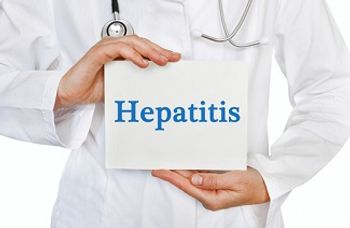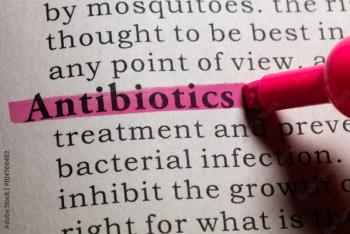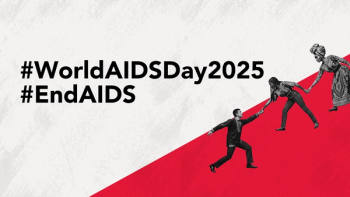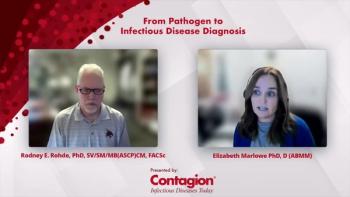An interdisciplinary team at the University of Central Florida has received a $537,619 NIH award to adapt an electrochemical biosensor into a single, low-cost assay that can simultaneously detect HIV, hepatitis B (HBV), and hepatitis C (HCV) and quantify viral load at the point of care, including in resource-limited settings.
The project is led by Karin Chumbimuni-Torres, PhD, associate professor of chemistry, with co-investigators Yulia Gerasimova, PhD, associate professor of chemistry who leads the Nucleic Acid Function and Diagnostics Laboratory, and Daniel Ram, PhD, assistant professor of medicine and infectious diseases. According to UCF, the group aims to shorten time to diagnosis compared with centralized lab workflows.1
The assay under development screens blood at the RNA level using isothermal amplification and virus-specific probes, and the team reports programming the sensor to recognize any HIV serotype to address mutation diversity. Investigators intend to combine patient serum with a liquid reagent and apply it to the biosensor for RNA-level detection, with quantification as a design goal to support treatment decisions, particularly for co-infection given overlapping transmission routes. Early work builds on Chumbimuni-Torres’s prior dengue and Zika sensing platforms.1
Next steps include validation in cell culture with quantified viral inputs to establish limits of detection and to map sensor readouts to clinically relevant viral loads before advancing to a patient cohort. Ram’s group will characterize the viruses and translate detection thresholds for clinical interpretation, while collaborators iterate probe design and amplification conditions. The investigators note that a same-visit multiplex test could reduce delays and sample degradation associated with shipping specimens from remote regions to reference laboratories.1
Recent external developments support the direction of the UCF effort. In August 2025, a Biosensors and Bioelectronics paper reported a portable finger-prick self-testing device that quantifies HIV and HCV viral loads in under one hour by integrating on-cartridge RNA extraction with multiplex RT-PCR. The system used approximately 100 microliters of capillary blood, achieved about 80 percent RNA extraction efficiency, reached a limit of detection near five copies per reaction, and showed strong agreement with Bio-Rad benchtop systems with R² values of 0.97 to 0.99, while enabling parallel processing for multiple patients. These data provide peer-reviewed proof of concept that multiplex, RNA-level viral load testing can be accurate and fast in decentralized settings.2
What You Need to Know
The UCF assay targets viral RNA using isothermal amplification and virus-specific probes and is programmed to recognize any HIV serotype.
Developers aim to quantify viral load from a serum sample to guide treatment decisions, including in patients with co-infection.
Upcoming validation will map detection limits to clinically relevant viral loads, with the goal of reducing delays tied to centralized laboratory testing.
Policy signals are also aligning. On September, the World Health Organization announced it is convening a Guideline Development Group to craft the first evidence-based recommendations on multiplex testing across HIV, viral hepatitis, and sexually transmitted infections, including guidance for provider-administered and self-testing and implementation in low- and middle-income countries. The group will meet virtually November 4–5, 2025, with an emphasis on principles for integration and resource prioritization.3
Global need remains substantial. More than 300 million people are living with HBV or HCV, and over 40 million with HIV, underscoring the potential impact of same-visit diagnostics that expand access to testing, speed linkage to care, and help reduce transmission and downstream liver complications.3 The UCF team’s multiplex biosensor and contemporaneous advances in portable RNA testing and emerging WHO guidance together indicate a rapidly maturing landscape for integrated viral diagnostics.
References
1.UCF researchers developing easy-to-use viral biosensor test, giving patients more accurate and immediate results. EurekAlert. October 14, 2025. Accessed October 16, 2025. https://www.eurekalert.org/news-releases/1101837
2.Liu T, Politza AJ, Kshirsagar A, Ahamed MA, Guan W. Rapid simultaneous self-testing of HIV and HCV viral loads with integrated RNA extraction and multiplex RT-PCR in under 1 hour. Biosens Bioelectron. 2025;288:117843. doi:10.1016/j.bios.2025.117843


















































































































































































































































































